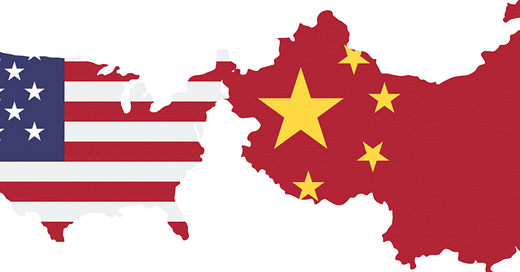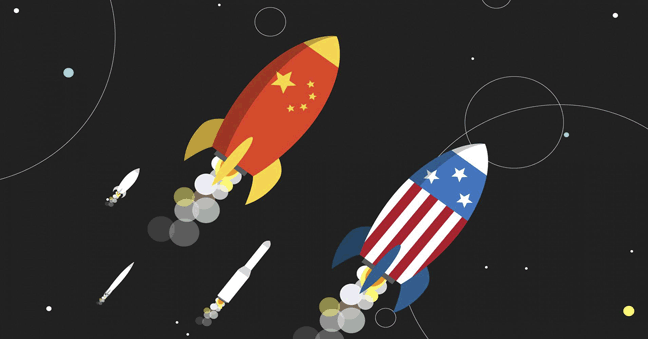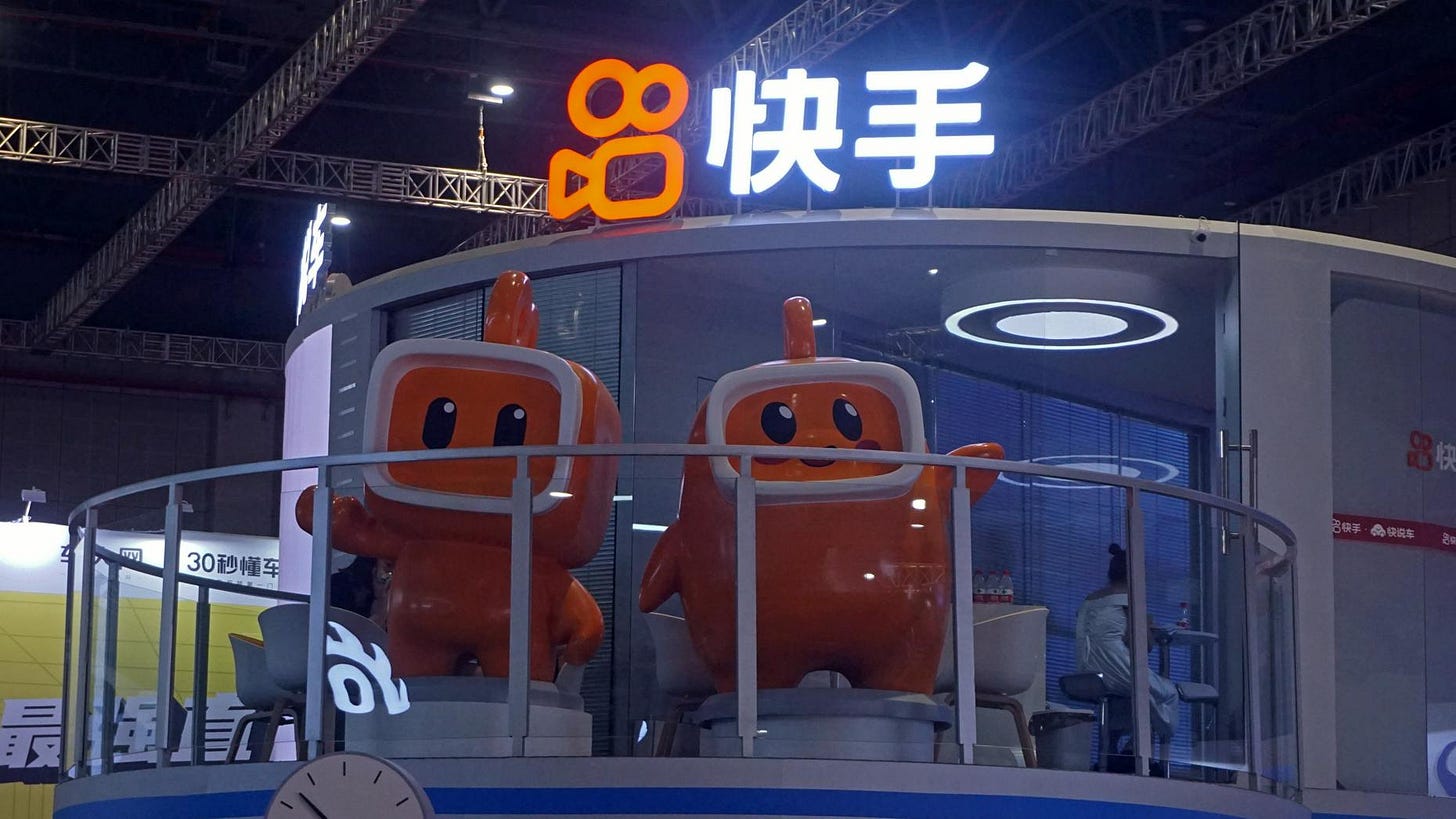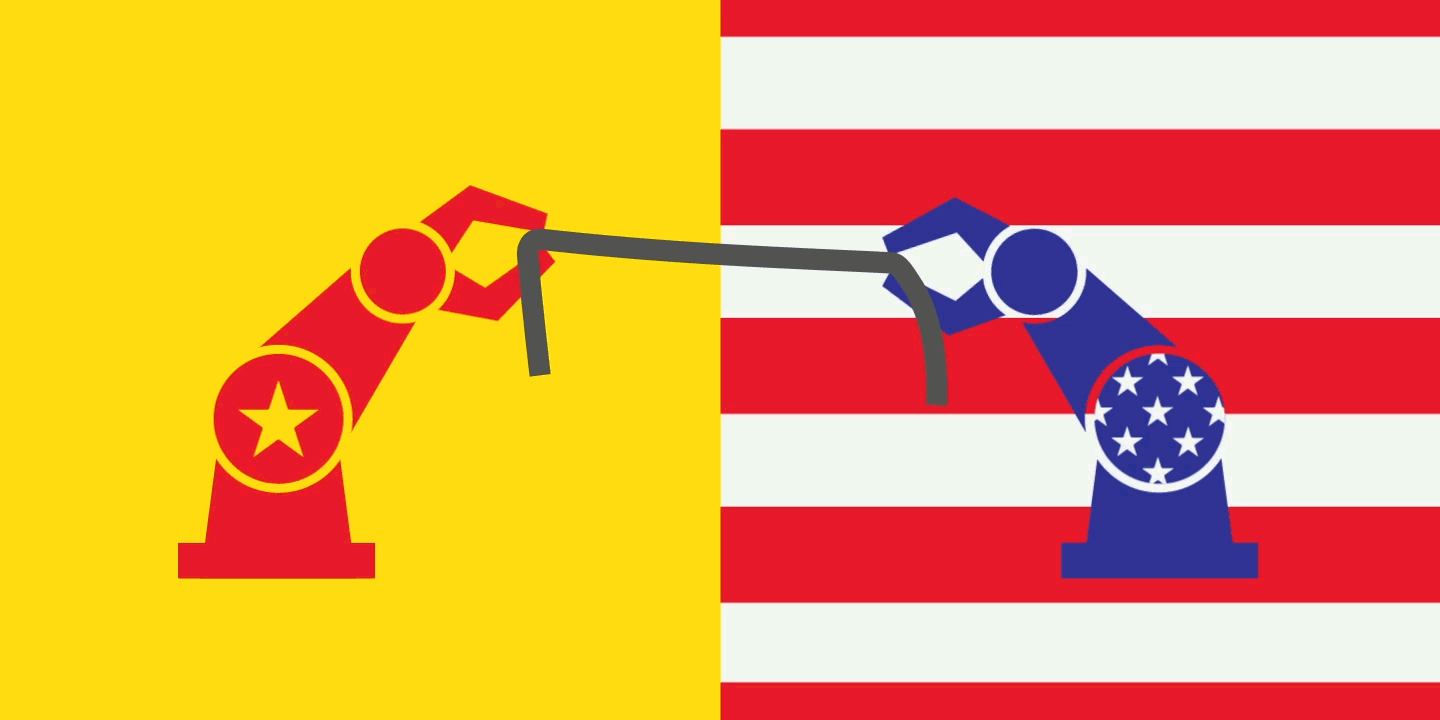AI: China continues to lead in AI from behind. RTZ #403
...US/China AI 'space race' shows a determined China
The Bigger Picture, Sunday, June 30, 2024
It’s very easy to forget that China is also aggressively in the global LLM AI race while we’re focused on the constant leapfrogging going on amongst US LLM AI compaies large and small. China continues to make impressive headway against the best LLM AI models from the US and Europe. This despite the increasingly effective curbs the US has put on China for the best US and European AI GPU chips and related infrastructure.
Even hurting the short-term interests of the leading US big tech companies like Apple, Nvidia, Qualcomm and many others. That’s the Bigger Picture I’d like to focus on this Sunday, as we embark on the second half of 2024 in this AI Tech Wave.
As Tom’s Hardware notes in “Chinese AI models storm Hugging Face’s LLM benchmark leaderboard”:
“Hugging Face has released its second LLM leaderboard to rank the best language models it has tested. The new leaderboard seeks to be a more challenging uniform standard for testing open large language model (LLM) performance across a variety of tasks. Alibaba's Qwen models appear dominant in the leaderboard's inaugural rankings, taking three spots in the top ten. “
“The frontrunner of the new leaderboard is Qwen, Alibaba's LLM, which takes 1st, 3rd, and 10th place with its handful of variants. Also showing up are Llama3-70B, Meta's LLM, and a handful of smaller open-source projects that managed to outperform the pack. Notably absent is any sign of ChatGPT; Hugging Face's leaderboard does not test closed-source models to ensure reproducibility of results. “
“Tests to qualify on the leaderboard are run exclusively on Hugging Face's own computers, which according to CEO Clem Delangue's Twitter, are powered by 300 Nvidia H100 GPUs.”
This progress by China’s tech companies is impressive even as the Information notes, “China’s AI Sector faces Fallout from US Chip Curbs”:
“While tech companies around the world are grappling with the limited availability of Nvidia chips amid soaring demand, those in China are in an even tougher situation because of U.S. export controls. President Joe Biden first unveiled sweeping restrictions on advanced semiconductor technology in 2022, banning the exports to China of powerful Nvidia chips widely used for AI systems.”
“Then in October, the Biden administration tightened the export controls to further limit China’s access to even less advanced Nvidia chips, such as the A800. That ban hit Kuaishou hard: It had trained Kling on A800 chips purchased before the October ban.”
“While Kuaishou can continue to dip into its existing stockpile of those relatively advanced Nvidia chips for now, its urgent task is to find viable alternatives, the employee said.”
As I noted back last fall, despite these sourcing travails, China given its top down resouces, is determined to ‘find a way’ to compete with US and European companies in AI. As the Information notes in a separate piece by Stephanie Palazzolo:
“American pundits like former Google CEO Eric Schmidt like to say China is behind the U.S. in artificial intelligence by several years. But American AI researchers increasingly tell me that these people underestimate Chinese researchers. Instead, by restricting Chinese access to American tech, the U.S. has pushed the country to forge its own path in AI development (or find workarounds to the U.S. export rules, as in the case of ByteDance).”
“And Chinese developers are catching up.”
“China got a late start in conversational AI, but it may not be as far off as some Americans want it to be.”
The US/China tech, AI, and geopolitical tug-of-war continues to be a back and forth ‘threading the needle exercise. And in some ways a ‘race to the moon’ type of competition as I’ve also noted before.
So as we continue to focus on the progress of US LLM AI companies the rest of this year and next, we should continue to keep a sharp eye on how China is faring too on this global LLM AI race.
Despite the unique ‘threading the needle’ headwinds both countries have voluntarily chosen for now. That is the Bigger Picture we need to keep in mind as we race into the second half of 2024. Stay tuned.
NOTE: The discussions here are for information purposes only, and not meant as investment advice at any time. Thanks for joining us here)










The stuff China is publicly showing us is only a fraction of what’s happening behind closed doors. While western LLMs spend time signing licensing agreements (which they really should do), China is busy pushing ahead vacuuming up all public web data.
The future of AI is both exciting and frightening when viewed from a global lens.